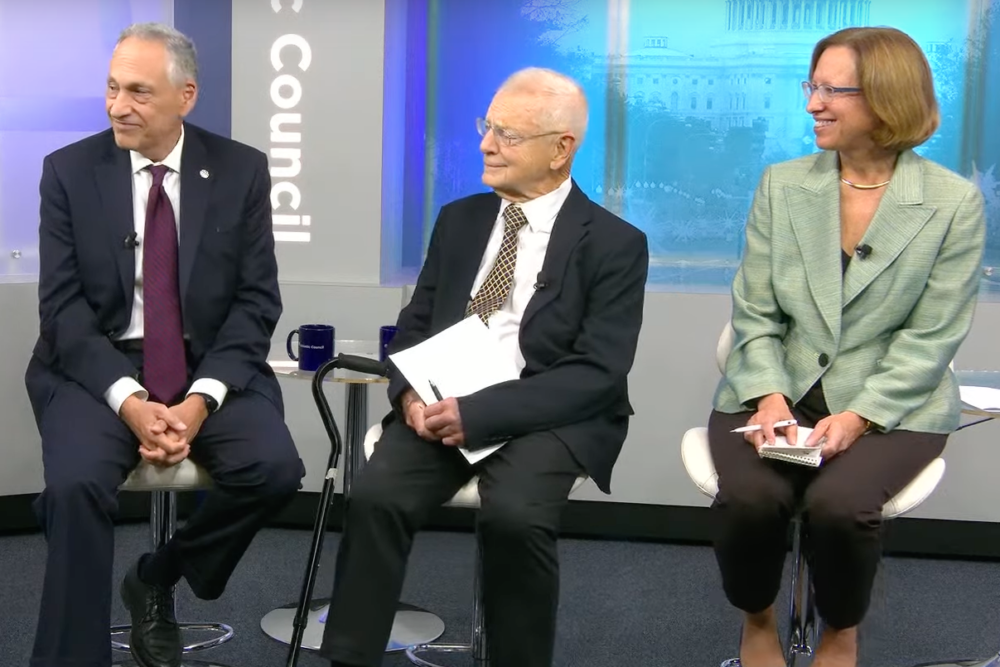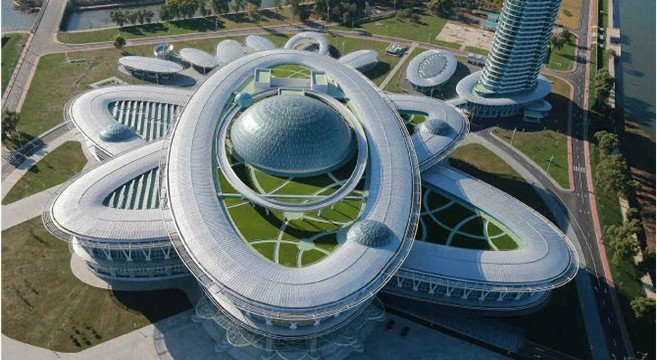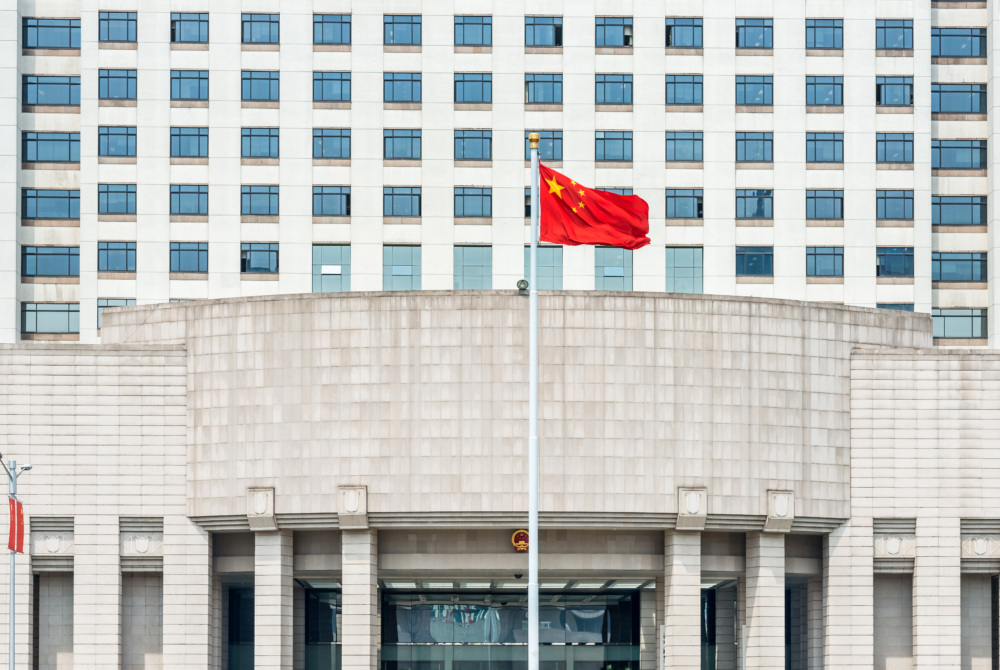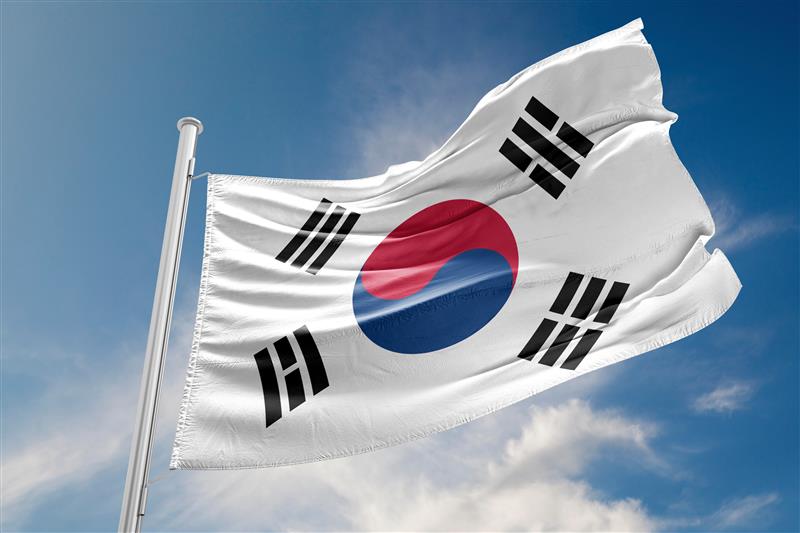This post was written by Adriana Nazarko, an intern with NTI’s International Fuel Cycle Strategies team. Nazarko will graduate from Bowdoin College in 2021 with majors in Government and Legal Studies and Asian Studies.
As NTI Co-Chairs Ernest J. Moniz and Sam Nunn noted last year in the forward to Building Security Through Cooperation: Report of the NTI Working Group on Cooperative Threat Reduction with North Korea, “achieving security and stability and reducing catastrophic risks on the peninsula will require intensive, expert-level negotiations and comprehensive, step-by-step implementation over many months and years.”
Crucial to the process of working toward the long-sought denuclearization of North Korea, whether undertaken by a second-term Trump administration or new U.S. leadership under Joe Biden, is understanding the history of North Korea’s nuclear program and the players currently involved.
Kim Jong Un, of course, is the leading player. Since his ascension to power in 2011, Kim has demonstrated a strong interest in bolstering his country’s scientific initiatives. His interest has manifested in building entire streets dedicated to housing engineers (rife with generous discounts at local department stores), regularly promoting scientists, and constructing a befittingly atom-shaped science and technology center in Pyongyang.
Perhaps most affected by Kim’s focus on science is North Korea’s nuclear program, which has seen internal reforms intended to create stronger links between scientific organizations and defense-oriented ministries, such as the Munitions Industry Department (MID).
Close ties between the country’s nuclear and defense programs are certainly nothing new—after all, North Korea’s nuclear program existed long before Kim Jong Un was born. Yet, understanding how its nuclear program has evolved over time and the intent of the elevated focus on science, as well as why key figures from the nuclear industry have been promoted, offers important insight into future objectives for the program and can give future negotiators additional tools to use in future denuclearization discussions.
The inception of North Korea’s nuclear program can be traced back to the 1950s, when the Soviet Union provided the country with trained scientists, conducted geological surveys in search of uranium deposits, and initiated a 30-year nuclear cooperation agreement. Over the next few decades under Soviet guidance, North Korea completed its Yongbyon Nuclear Research Center, a facility that remains crucial to its nuclear program to this day. Changes in Soviet leadership after the death of Josef Stalin and a reduction in aid to North Korea under Mikhail Gorbachev’s authority strained relations between the two nations, leading North Korea to develop greater reliance on domestic innovation.
This increased dependence on domestic nuclear research resulted in an expansion of North Korea’s nuclear program and included numerous changes throughout the 1990s. In 1994, the Ministry of Nuclear Industry (MNI) transitioned to become the General Department of Atomic Energy (GDAE) shortly before the death of Kim Il Sung. His successor, Kim Jong Il, guided nuclear weapons development through the State Administration Council (SAC) and Atomic Guidance Department (AGD). However, it is the Ministry of Atomic Power Industry (MAPI) that dictated both peaceful nuclear energy development and oversaw the country’s nuclear weapons program in the early days of the Kim Jong Il era. MAPI successfully oversaw the extraction of plutonium for research purposes at Yongbyon, but it appears to have had a reduced role in the nuclear program as the GDAE began to take on more responsibilities.
Today, North Korea’s nuclear program can be summarized as consisting of three major organizations: the General Bureau of Atomic Energy (GBAE), the Ministry of Atomic Energy Industry (MAEI), and the Munitions Industry Department (MID). The MAEI is the newest of these organizations, established in 2013 with the purpose of modernizing North Korea’s nuclear industry, increasing the production of nuclear materials and improving the quality of nuclear-related products. MID is composed in part by the Second Economic Committee (SEC) and the Second Academy of Natural Sciences (SANS), which both play active roles in the DPRK’s nuclear program. Although there are some differentiating characteristics between the GBAE, MAEI, and the MID, these organizations and ministries appear to be closely linked with one another and there have been instances of officials from one entity being promoted to another of the three – especially between the GBAE and MAEI. The MAEI has assumed the most prominent ministry role, but it’s important also to note the individuals affiliated with the GBAE because much of the institutional knowledge in North Korea appears to be centered around some of its key figures. The expertise of these individuals carries a lot of weight and their importance to the country’s nuclear program cannot be understated.
Among the most important figures today are Hong Seung Mu, a former chief engineer at the Yongbyon nuclear facility, and Ri Hong Seop, former director of the Yongbyon nuclear facility and an advisor to the Atomic Energy Administration. Both Ri and Hong have been integral to the development of the North Korean nuclear program since the Kim Jong Il era, and they are among the highest-ranking members of Kim Jong Un’s nuclear entourage. Both men also were among those hand-picked to participate in Kim Jong Il’s national funeral commission and have been pictured in close proximity with Kim Jong Un, a nod to their stature and importance to North Korea’s nuclear program.
Though Hong and Ri have often been pictured working together, they occupy different roles. Hong is currently a vice minister in the munitions department, and he serves as a full member of the Worker’s Party of Korea (WPK) Central Committee. Ri, on the other hand, is more science oriented. He was frequently in charge of explaining more technical aspects of Yongbyon – such as plutonium extraction – to visitors such as Dr. Siegfried Hecker, a Stanford University nuclear scientist and former director of Los Alamos National Laboratory, in 2004. A report by the Korea Economic Daily has described their roles as such: “If Hong Seung Mu, the head of the nuclear weapons division of the Worker’s Party's military and industrial division, is the head of the general affairs, Ri Hong Seop, the second person, is the head of practice.”
Other notable figures include Ri Pyong Chol, who has served as deputy director of MID and currently serves as vice chairman of the Central Military Commission of the WPK; Jang Chang Ha, president of the Academy of National Defense Science; and Jon Il Ho, a scientist who has been promoted in military rank due to contributions to North Korea’s missile development program. These men are important figures to follow as they are part of the country’s “nuclear quartet.”
The following chart highlights additional key figures, categorized by their affiliation:
Recognizing key individuals in North Korea’s nuclear program can help experts understand how the program is evolving. Many of those who now hold leadership roles in the GBAE, MAEI, and MID have been serving for decades, and many of them have technical backgrounds that preceded their rise in military rank.
At their core, negotiations involve one side addressing the needs and concerns of the other in a back-and-forth until compromise is reached. Understanding the roles and the people behind North Korea’s nuclear program could help drive future denuclearization negotiations through the principle of mutual understanding.
As Nunn and Moniz wrote, negotiation and implementing the denuclearization of the Korean peninsula will take time, and some key figures like Ri Hong Seop are not getting any younger. As North Korea’s current nuclear leadership ages out of their roles, all eyes should be on who replaces them. These individuals will likely be the movers and shakers of the program for decades to come, and it would serve any future negotiator well to know exactly who they’re talking to.
Organizational names can sometimes be translated differently from Korean to English. Below is a list of the organizations and individuals mentioned in this article and their Korean equivalents:
GBAE – 원자력총국
MAEI – 원자력공업성
MID – 군수공업부장
Hong Seung-Mu – 홍승무
Ri Hong-Seop – 리홍섭
Ri Pyong-Chol – 리병철
Jang Chang-Ha – 장창하
Jon Il-ho – 전일호





